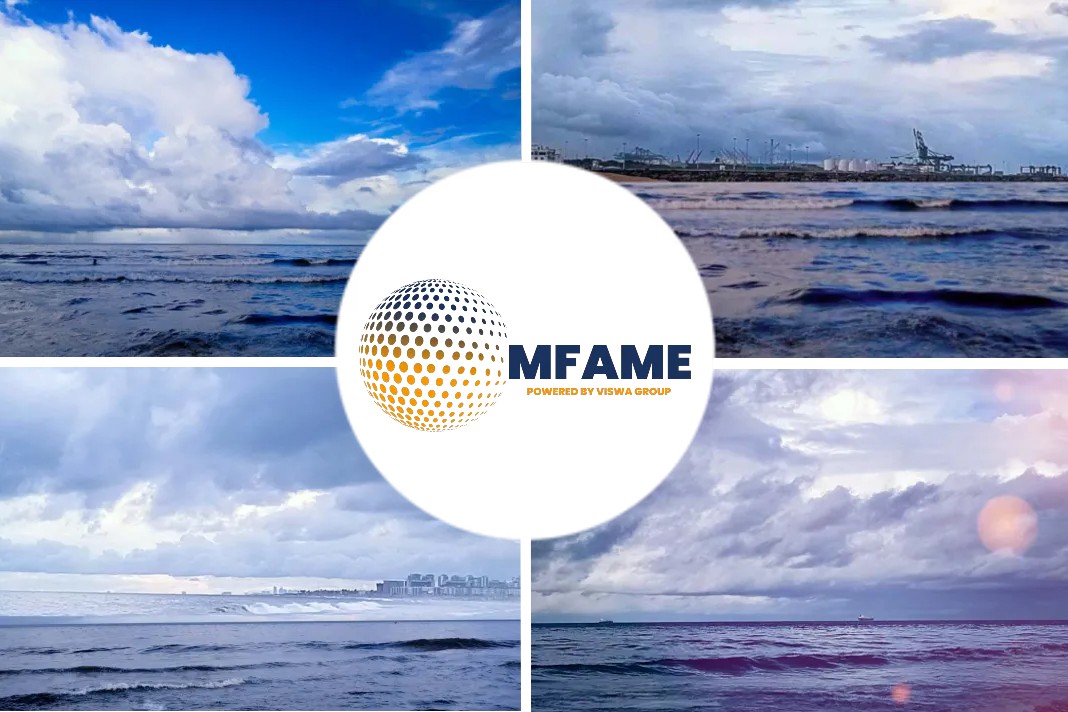
Within a few months of Russia invading Ukraine, the fiscal machine that had for decades been the foundation of the Putin regime was broken: not by international sanctions and boycotts, but by people inside the Russian system—including figures close to President Vladimir Putin himself, reports Carnegie.
International oil price manipulated
The international oil price—meant to serve as an independent benchmark defining the base for half of all Russian state revenues—was being manipulated, and as in the 1990s, oil revenues were once again being transferred to the offshore arms of Russian oil companies.
With the launch of its war against Ukraine in February 2022, Russia became a pariah state—at least in the West—and began facing immediate difficulties in maintaining its exports of oil and oil products. Russia’s flagship Urals crude blend was sold at substantial discounts, and the published Urals price stayed persistently low during 2022. The macro picture suggests a story of principled buyers refusing to buy blood oil.
Yet data that has recently become available allows us to peek into the micro picture, giving more insight into who exactly was pushing the official Urals price down, who managed to force the Russian oil majors to make price concessions that had wider ramifications for the Russian state, and who most likely captured the value from these unprecedented oil market dislocations.
No deal with Russia
International companies started announcing they would no longer deal with Russia almost immediately: long before the formal bans on Russian oil and oil product exports to Europe came into force in December 2022 and February 2023 respectively. Many European buyers continued to quietly deal with Russia, but the customer base shrank a lot and it was widely assumed that Russian sellers would have to agree to steep discounts. Publications of the Urals oil price supported this belief.
In fact, since the December introduction of the European embargo on Russian oil, and even for some time before that, European prices for Urals have been increasingly irrelevant, but until the fall, there was still a brisk trade in Russian oil in Europe. Cargos changed hands in North Sea and Mediterranean ports, and prices were measurable and meaningful.
European Urals price
There were three distinct groups of buyers of Russian crude, and only one of those groups’ purchases defined the closely watched European Urals price.
- The first group comprised refineries connected to the Druzhba pipeline that were in long-term contracts with Russian suppliers with prices linked to the published Urals prices in the Mediterranean and northwest Europe. These refineries did not have any viable alternatives to Russian supplies.
- The second group was made up of refineries fully or partially owned by the Russian oil giants Rosneft and Lukoil, from Romania to the Netherlands. Their volumes were supplied directly by their Russian owners, usually via European-registered trading arms, such as LITASCO for Lukoil and Energopole for Rosneft.
- The third group consisted of a few refineries that were still willing to buy Russian crude on the open market. Only their purchased volumes impacted the European Urals price.
From the early days of the war, there was a campaign to stop European oil companies buying Russian crude. After that, most publicly owned companies shunned it, but privately held oil traders jumped at the opportunity.
Did you subscribe to our Newsletter?
It’s Free! Click here to Subscribe!
Source: Carnegie





















